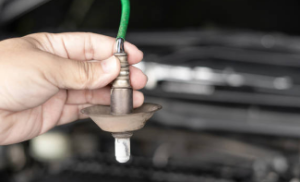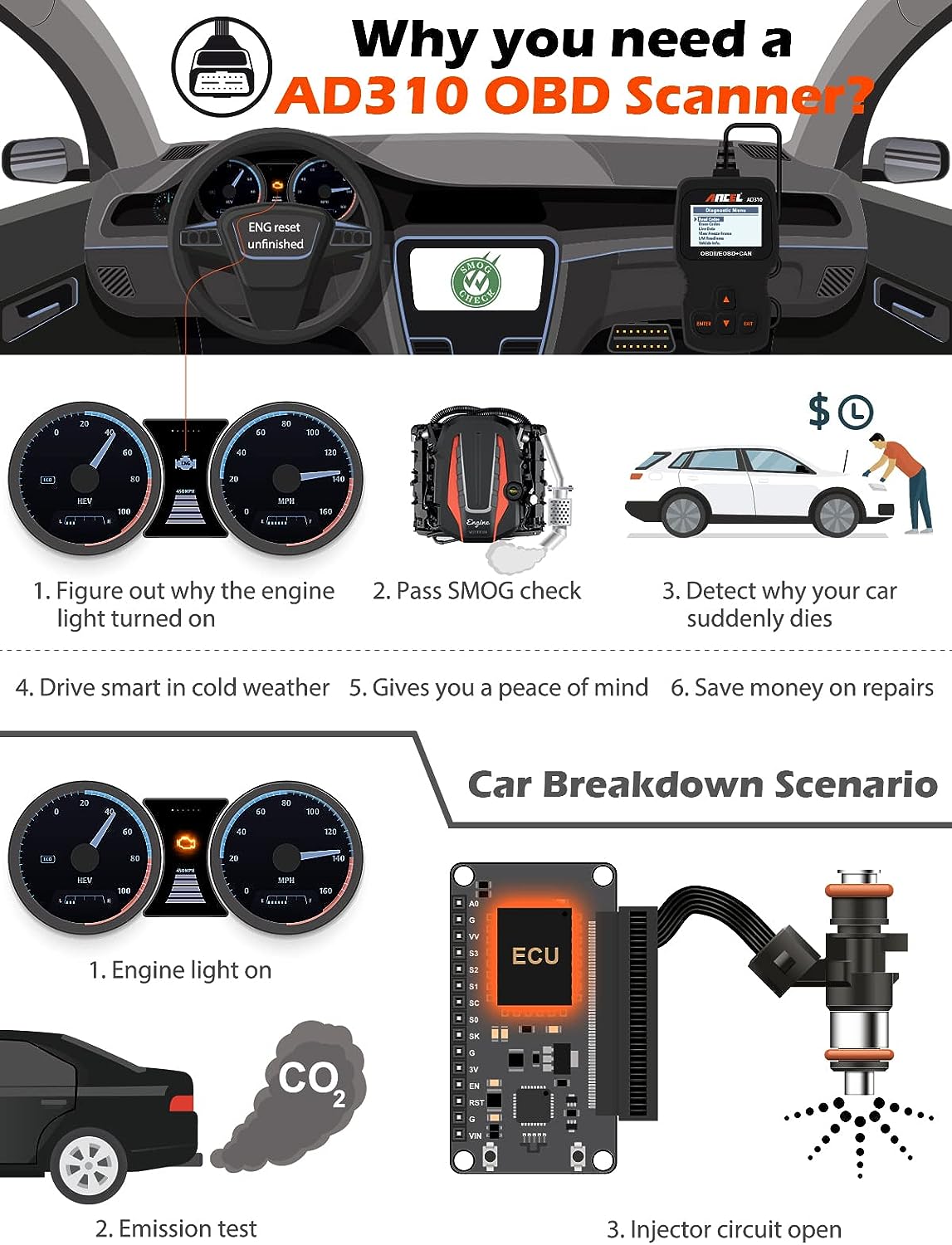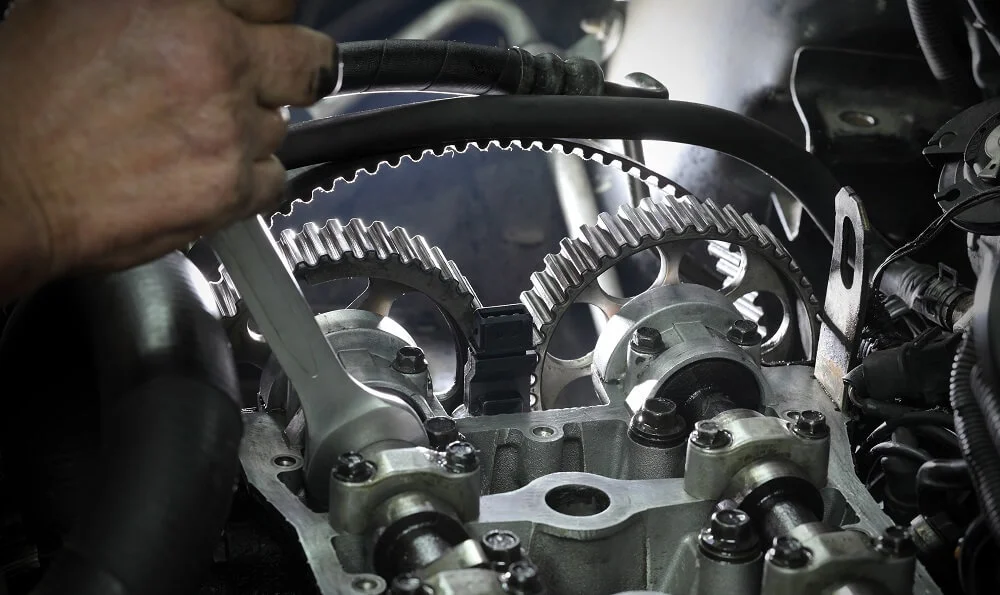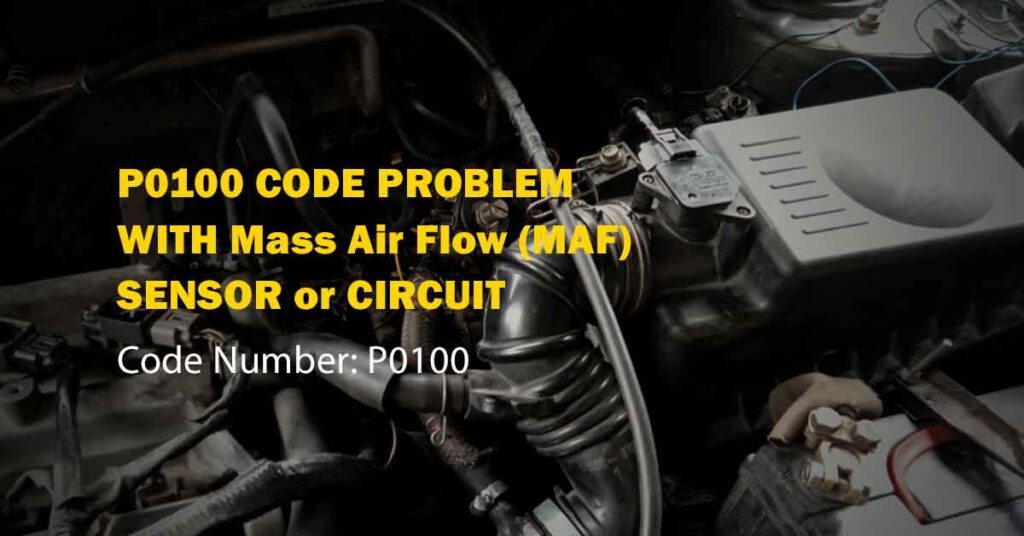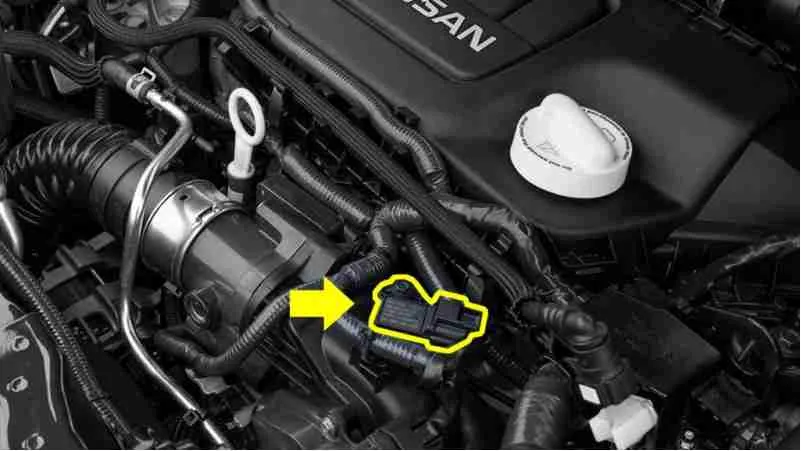Have you ever seen that dreaded “Check Engine” light pop up on your dashboard and wondered what could be wrong with your beloved ride? Well, if you’ve come across the P0130 code, then buckle up because we’re about to dive deep into understanding its causes, symptoms, and solutions.
Now, I know seeing a code on your car’s diagnostic system can be intimidating, but fear not! Understanding the P0130 code is not as complex as it may seem. In simple terms, this code relates to the oxygen sensor, specifically the Bank 1 Sensor 1. The role of this sensor is absolutely vital as it keeps a close eye on the oxygen levels in the exhaust gases, ultimately guaranteeing the utmost fuel efficiency.
So, what causes the P0130 code to pop up? Alright, there are a couple of possibilities that could be to blame for this issue. It might be a defective oxygen sensor, a potential problem with the wiring, or even a leak in the exhaust system. But fret not, we will delve into these potential causes further so that you can confront them fearlessly.
Now, if you’re eager to learn about the signs that come along with this code, like decreased fuel efficiency or a shaky engine at rest, as well as the potential fixes, then continue perusing! Trust me, understanding the P0130 code will not only save you some money but also ensure that your car keeps purring like a content kitten.
What is the Code P0130 Mean?
The P0130 code is packed with useful info that can help you figure out what’s wrong with your car. Please don’t feel intimidated by the code! Instead of looking at it in a negative way, think of it as an opportunity to improve your knowledge and have control over your vehicle’s performance. This code specifically refers to the oxygen sensor located in the bank 1 sensor 1 position of your engine. Oh, the havoc that ensues when this little sensor decides to give up or go on strike! It’s a catastrophic event just waiting to occur, resulting in adverse effects such as a significant decline in fuel effectiveness to a truly appalling surge in emissions. Naughty sensor, you better shape up! However, don’t fret! By diagnosing and resolving the issue indicated by the P0130 code, you can guarantee that your vehicle operates seamlessly and effectively. Therefore, do not allow the code to intimidate you; embrace it as an opportunity to acquire knowledge, enhance, and assume control over your car’s functionality. Remember, knowledge is power, and with the P0130 code, you are one step closer to being a car expert!
Possible Causes of the P0130 Code
Navigating the realm of the perplexing P0130 code demands no trepidation! The origins of this quandary possess explanations rooted in familiarity, and apprehending these elucidations empowers you to confront the challenge forthrightly. One conceivable instigator may manifest as a malfunctioning oxygen sensor. This sensor assumes a pivotal mantle in scrutinizing the oxygen concentrations nestled within your automobile’s exhaust emissions, orchestrating the symphony of optimal fuel frugality. A sensor awry in its functioning has the potential to disrupt this harmonious operation, consequently instigating the invocation of the P0130 code.

An additional, recurrent enabler of this predicament could potentially rest in a fragmented or severed conduit linking back to the sensor. As time meanders forward, these conduits may succumb to attrition or exposure to extrinsic elements, consequently engendering a liaison plagued by imperfection. Gratitude be to the benevolent fates, the identification and rectification of these causative agents remain within the grasp of comprehension and resolution. Thus, permit not the dauntless emblem of the P0130 code to cast a pall of intimidation, for armed with sagacity and resolute purpose, the restoration of your vehicular operation to seamless serenity lies well within your grasp!
Symptoms of a P0130 Code Error:
Inspecting the revelation that your automobile’s indicator of the check engine light hath illuminated could indeed furnish a vexing encounter. Nevertheless, it is imperative to eschew panic’s clutches and instead, direct one’s focus toward the discernment of the causal genesis. A prevailing wellspring from which the P0130 code hath its genesis lieth in a sensor of oxygen, foul in its operation. This very sensor doth enacts a pivotal role in the observation of the oxygen concentrations housed within the effluvium of exhaust, simultaneously assuming the mantle of a conductor that regulates the amalgam of fuel for the pinnacle of operational efficacy.
An alternate, conceivable origin may be traced unto a wire that hath suffered grievous harm or hath been sundered, leading unto the sensor of oxygen. Furthermore, contemplate this: a catalytic converter ensnared in malfunction’s throes can also beckon forth the P0130 code. A matter of utmost moment is the expeditious redressal of these quandaries, lest the automobile’s well-being be further imperiled and its harmonious operation be unceremoniously disrupted. Retain cognizance that thou art endowed with the ability to vanquish these adversities. Through the undertaking of requisite measures for the diagnosis and mending of the P0130 code, thou shalt not only ameliorate the collective comportment of thy vehicle but also protract its life’s duration. Hold fast to the creed of positivity and vest thy confidence in the faculty to transcend these impediments.
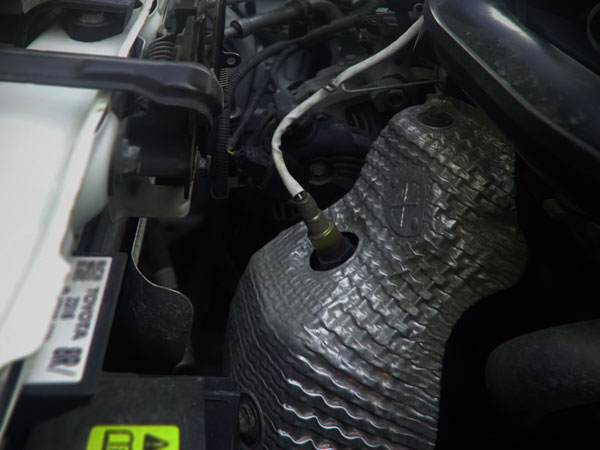
Location of O2 Oxygen Sensor
Are you struggling to find your vehicle’s O2 sensor? Look no further! We will walk you through the process of locating O2 sensors in a clear and concise manner
1. Identify Your Vehicle’s Make and Model
Different vehicles have varying numbers and placements of O2 sensors. Start by identifying your vehicle’s make and model to determine the sensor’s locations.
2. Consult Your Vehicle Manual
Your vehicle’s manual is a goldmine of information. Check the manual for diagrams and explanations specific to your car’s O2 sensor locations.
3. Locate the Exhaust Manifold
O2 sensors are commonly found along the exhaust system. Begin by locating the exhaust manifold, a prime spot for one or more sensors.
4. Follow the Exhaust Pipes
Trace the exhaust pipes from the manifold downstream. O2 sensors are often mounted along this path, usually before and after the catalytic converter.
5. Look for Wiring Harnesses
O2 sensors have wiring harnesses that distinguish them from other components. Follow these wires to spot the sensors easily.
How to Fix the P0130 Code?
When the oxygen sensor malfunctions and triggers the P0130 code, it can lead to poor fuel efficiency, increased emissions, and overall compromised engine performance. Ignoring this issue can have long-term repercussions on your vehicle’s health and environment.
Diagnosing the P0130 Code Error
Identifying Potential Causes
Several factors could lead to the P0130 code, including:
- Faulty Oxygen Sensor: The most common reason for this code is a malfunctioning oxygen sensor.
- Wiring Issues: Damaged or corroded wiring connected to the sensor can disrupt its communication.
- Exhaust Leaks: Leaks in the exhaust system can skew the sensor’s readings.
- Engine Vacuum Leaks: Air leaks in the engine can affect the oxygen sensor’s accuracy.
UsingDiagnostic Tools
To accurately identify the cause of the P0130 code, follow these steps:
- OBD-II Scanner: Use an OBD-II scanner to retrieve the specific code and gather data about the sensor’s performance.
- Visual Inspection: Inspect the wiring, connectors, and sensor for any visible damage or corrosion.
- Exhaust Examination: Check for exhaust leaks that could impact the sensor’s readings.
- Vacuum Testing: Perform a vacuum test to uncover any air leaks in the engine.
Fixing the P0130 Code
Replacing the Oxygen Sensor
If the issue lies with a faulty oxygen sensor, follow these steps to replace it:
- Gather Tools: Acquire the necessary tools, including a wrench, jack stands, and a new oxygen sensor.
- Locate the Sensor: Find the bank 1 sensor 1 location, usually on the exhaust manifold.
- Disconnect the Sensor: Carefully detach the sensor’s electrical connector and unscrew it using the wrench.
- Install New Sensor: Screw in the new sensor, reconnect the electrical connector, and secure it in place.
Repairing Wiring and Leaks
For wiring or exhaust-related issues, consider these steps:
- Wire Replacement: If the wiring is damaged, replace the affected sections and ensure proper connections.
- Exhaust Leak Fix: Repair any leaks in the exhaust system, ensuring accurate sensor readings.
Clearing the Code
After addressing the root cause, use the OBD-II scanner to clear the P0130 code. Start the vehicle and monitor for any reoccurrence.
Conclusion
Dealing with the P0130 code might seem daunting, but with proper diagnosis and the right steps, you can resolve the issue and restore your vehicle’s performance. Regular maintenance and prompt addressing of such codes will contribute to a smoother driving experience and reduced environmental impact.
FAQs
- Can I drive with the P0130 code active? It’s recommended to address the issue promptly to prevent further damage and reduce efficiency.
- Can a dirty oxygen sensor trigger the P0130 code? While a dirty sensor can impact its performance, the code usually indicates a deeper problem.
- Is the P0130 code specific to certain car models? The P0130 code is a generic code used in OBD-II systems, but its underlying causes can vary.
- Can I fix the P0130 code myself, or should I seek professional help? If you’re comfortable with basic car repairs, you can attempt the fix, but consulting a professional is advisable.
- Why is the oxygen sensor crucial for my vehicle’s performance? The oxygen sensor helps regulate the air-fuel mixture, ensuring efficient combustion and lower emissions.

